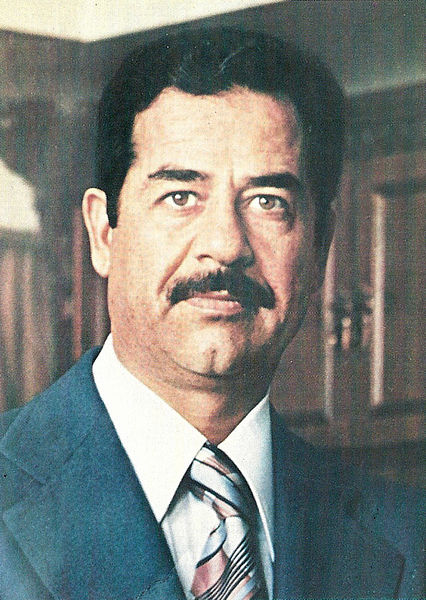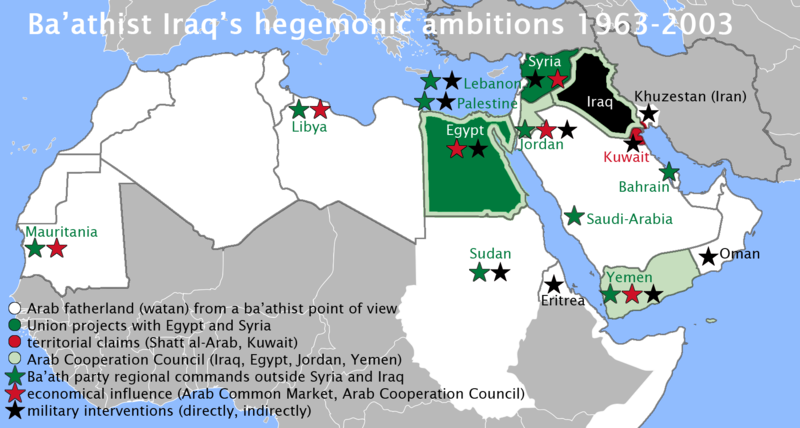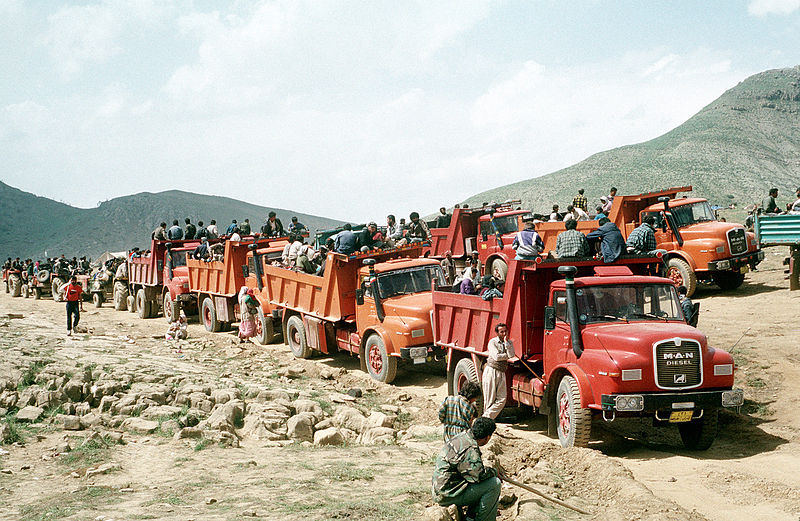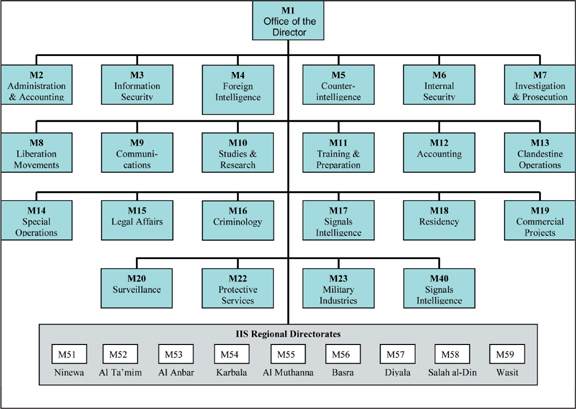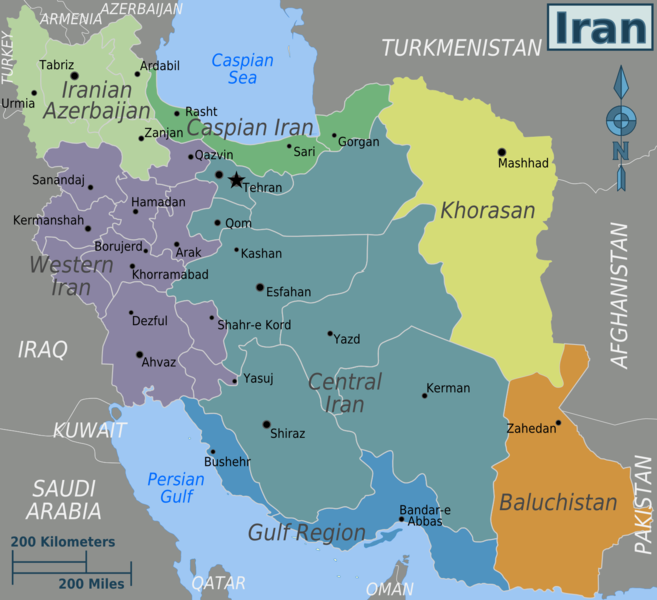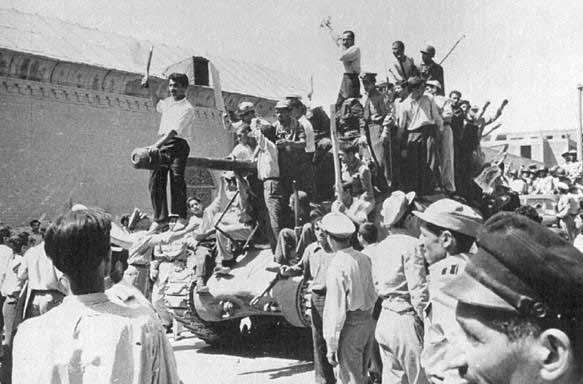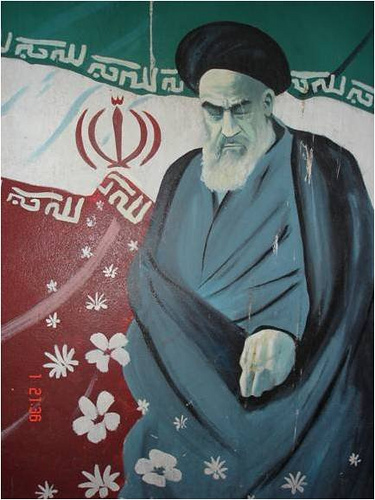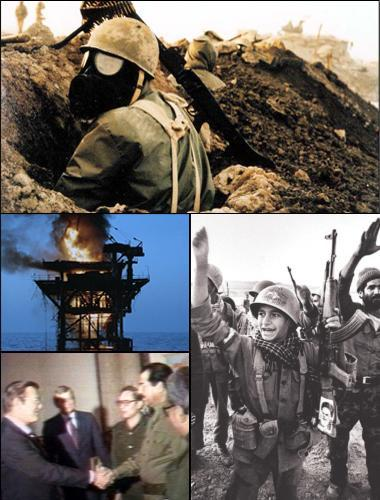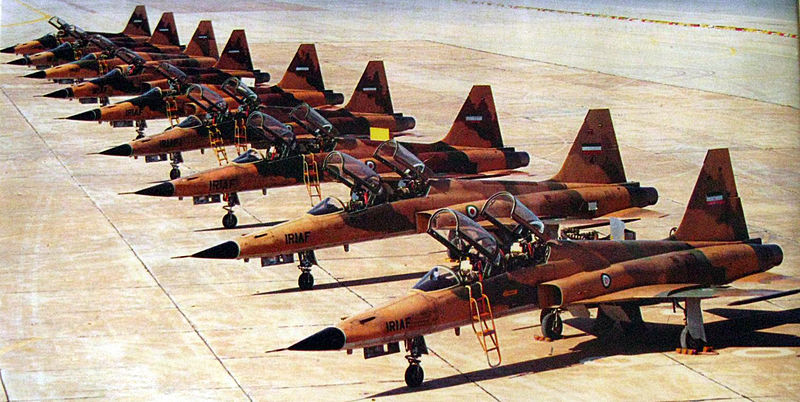Background to Saddam Hussein's rise to power
What is Ba'athism?
What was the 17 July Revolution?
How did Saddam Hussein come to power?
After joining the Ba'ath Party in Iraq, Saddam Hussein was involved in the October 1959 assassination attempt on President Qasim, which went wrong (Qasim escaped as Saddam opened firing prematurely), leading to Saddam escaping in Syria before living in Egypt until 1963. Upon re-entering Iraq in 1964 he was arrested, escaping in 1967. After becoming a prominent member of the Ba'athist party, he served as Deputy and head of intelligence. After ousting al-Bakr, he purged the party, executing 68 members immediately and hundreds more in the following weeks. But how did he get in to power?

